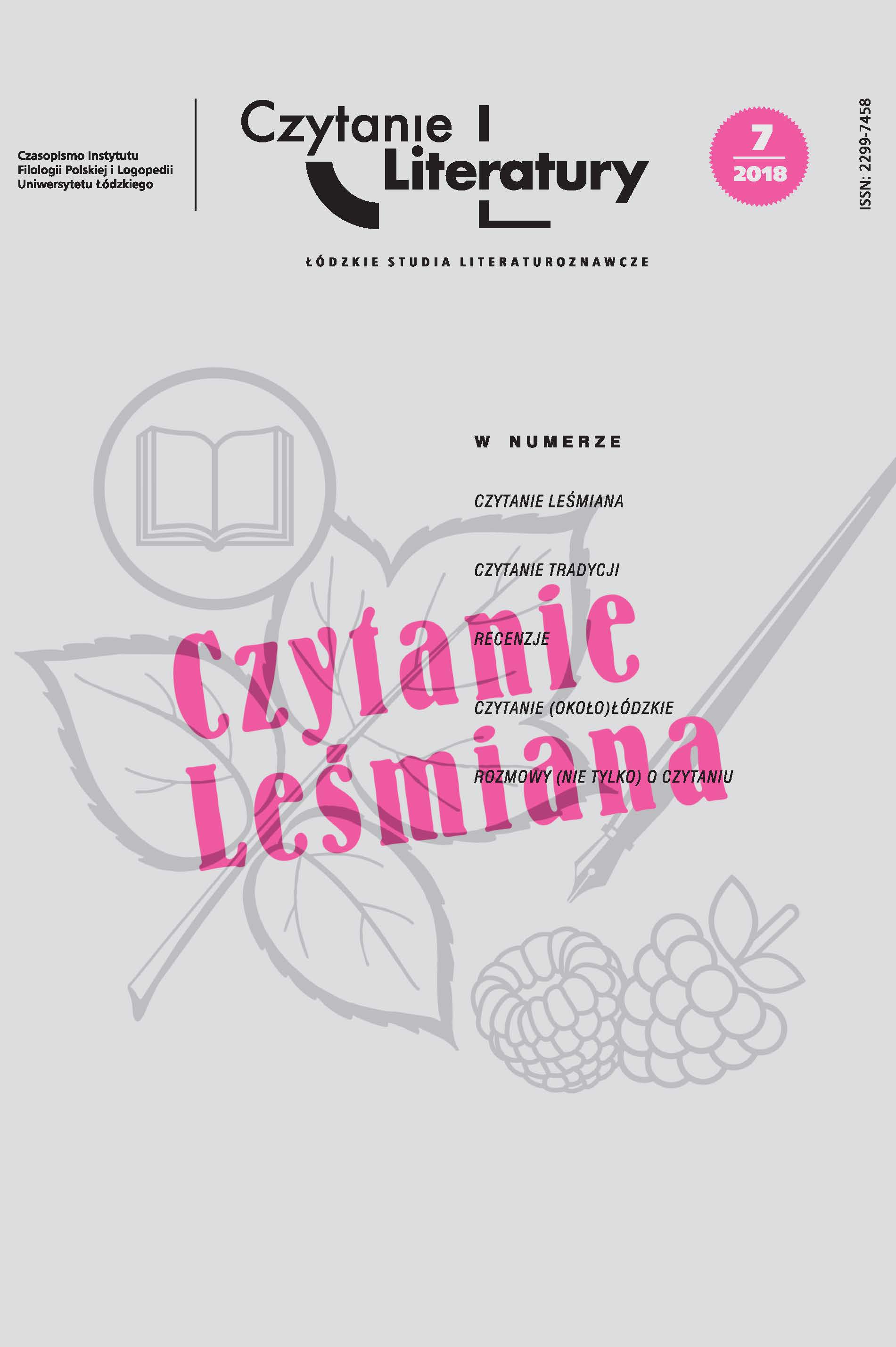„Piła” Bolesława Leśmiana – w stronę transu i transgresji
Bolesław Leśmian’s „Piła” (The Saw): towards trans and transgression
Author(s): Helena HejmanSubject(s): Polish Literature, Theory of Literature
Published by: Wydawnictwo Uniwersytetu Łódzkiego
Keywords: Leśmian;The Saw;transgression;libertinism;revolution;body;somatics;„Piła”
Summary/Abstract: Transgression engages psychosomatically: the corporeal experience of pain and pleasure provoked by self-preservation constraints paves the way for experiences detached from the senses and reason. Violation of barriers violates the man; beyond that lays the impossible, which in the well-known Leśmian’s ballad "Piła" is transposed as disintegration and dispersion of the body experiencing cruel delight. The article is an attempt at refreshed reading of this ballad; it suggests taking into account a sadistic context which is considered atypical of research into Leśmian. In this poem the inspiration of folk beliefs permeates with the modernist experience of the revolution. The similarity of carnal intercourse to a scene of spectacular torture makes it possible to treat this ballad as an important voice in the issue of distinction between sexuality aimed at progeny, and eroticism leading to barren and unuseful pleasure. The paper focuses on the characteristics of libertine features of Leśmian’s poetics, the indication of potential sources of the woman-saw image, the importance of exclamations of ballad lovers, the issue of rhythm and the symbolism of fragmented body.
Journal: Czytanie Literatury. Łódzkie Studia Literaturoznawcze
- Issue Year: 2018
- Issue No: 7
- Page Range: 147-162
- Page Count: 16
- Language: Polish

